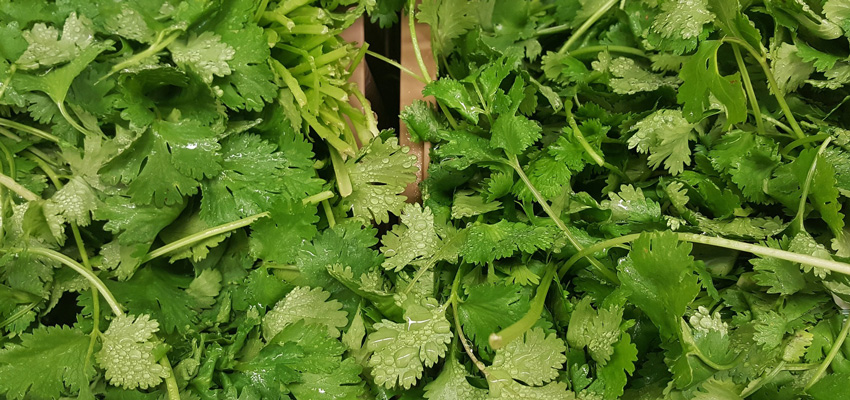Perchlorate: New maximum levels envisaged from 01.07.2020
Chlorate: Agreement on new EU MRLs
The current draft regulation "SANTE 10126/2019, New" provides for the following maximum levels of perchlorate, which will be regulated within the framework of an amendment to the contaminants regulation EU 1881/2006:
- fruit and vegetables: 0.05 mg/kg
The following are excluded
- cucurbits/green coal: 0,10 mg/kg
- leafy vegetables/fresh herbs: 0,50 mg/kg
The Regulation should enter into force 20 days after publication, with the new maximum permitted levels applying from 1 July 2020.
A transitional regime is foreseen for fruit and vegetables placed on the market before 1 July 2020. They may be sold until the MHD/consumption date.
The German Fruit Trade Association (DFHV eV) and QS (Qualität und Sicherheit GmbH) referred to the results of a joint internal study, according to which perchlorate residues were detected in ten product groups. Leafy vegetables (in 295 of 890 samples) and herbs (in 134 of 251 samples) were particularly conspicuous. If the new regulation had been applied, almost 80% of the samples from the study with detected perchlorate residues would have already exceeded the new limits up to 1.2 times. It must be taken into account that the use of perchlorates as pesticides has been prohibited for a long time and that this almost always involves unintentional environmental contamination, e.g. by mineral fertilizers and watering water.
New maximum residue limits have also been set for chlorate, which will probably be published in June in an amendment to Annex III of EU Regulation 396/2005. The member states agreed on the following maximum residue limits in the final draft regulation (SANTE 10684_2015 Rev.9 Feb 2020)
|
Code |
Product |
Chlorate |
|
0110000 |
Citrus Fruit |
0,05 |
|
0120000 |
Tree Nuts |
0,1 |
|
0130000 |
Pome Fruits |
0,05 |
|
0140000 |
Stone Fruits |
0,05 |
|
0150000 |
Berries and small fruits |
0,05 |
|
0160000 |
Miscellaneous fruits |
0,3 |
|
0160030 |
Table olives |
0,7 |
|
0210000 |
Root and tuber vegetables |
0,05 |
|
0213000 |
Other root and tubervegetables except sugar beet |
0,15 |
|
0220000 |
Bulb vegetables |
0,5 |
|
0220010 |
Garlic |
0,7 |
|
0220990 |
Others |
0,05 |
|
0230000 |
Fruiting vegetables |
0,1 |
|
0231020 |
Peppers |
0,3 |
|
0231020 |
Chilli peppers |
0,3 |
|
0231030 |
Aubergines (egg plants) |
0,4 |
|
0232000 |
Cucurbits — edible peel |
0,2 |
|
0233000 |
Cucurbits — inedible peel |
0,08 |
|
0241000 |
Flowering Brassica |
0,06 |
|
024100 |
Broccoli |
0,4 |
|
0242000 |
Head brassica |
0,07 |
|
0243000 |
Leafy brassica |
0,06 |
|
0243020 |
Kale |
0,2 |
|
0250000 |
Leaf vegetables, herbs and edible flowers |
0,7 |
|
0260000 |
Legume vegetables (fresh) |
0,35 |
|
0270000 |
Stem vegetables (fresh) |
0,25 |
|
0280010 |
Cultivated fungi (Common mushroom, oyster mushroom, shiitake) |
0,7 |
|
0280020 |
Wild fungi (Chanterelle, truffle, morel, cep) |
0,7 |
|
0280990 |
Mosses and lichens |
0,05 |
|
0300000 |
Pulses |
0,35 |
Draft: SANTE/10126/2019 ANNEX (Pool/E2/2019/10126/10126-EN ANNEX.docx) D063903/03 (2019)
https://data.consilium.europa.eu/doc/document/ST-14928-2019-ADD-1/en/pdf
Author: Frank Mörsberger

 LinkedIn
LinkedIn ALOOSTA
ALOOSTA Contact
Contact
 Contact
Contact Career
Career